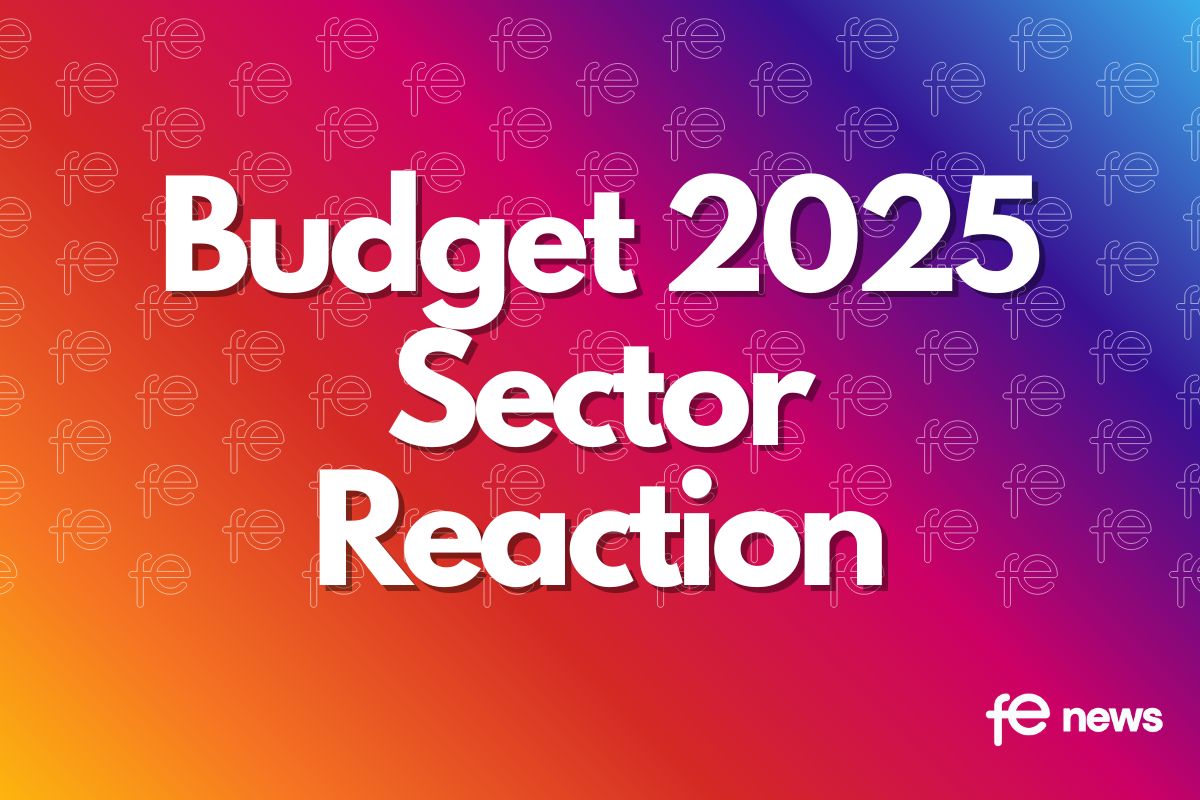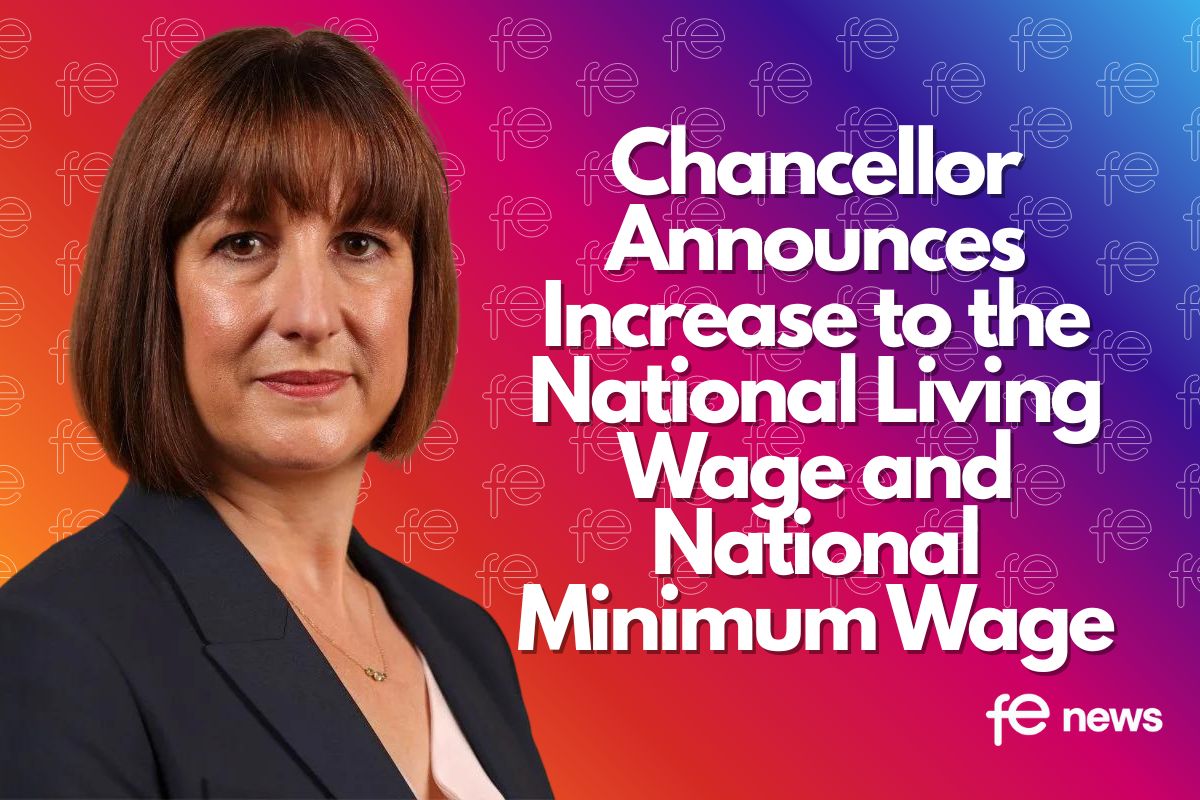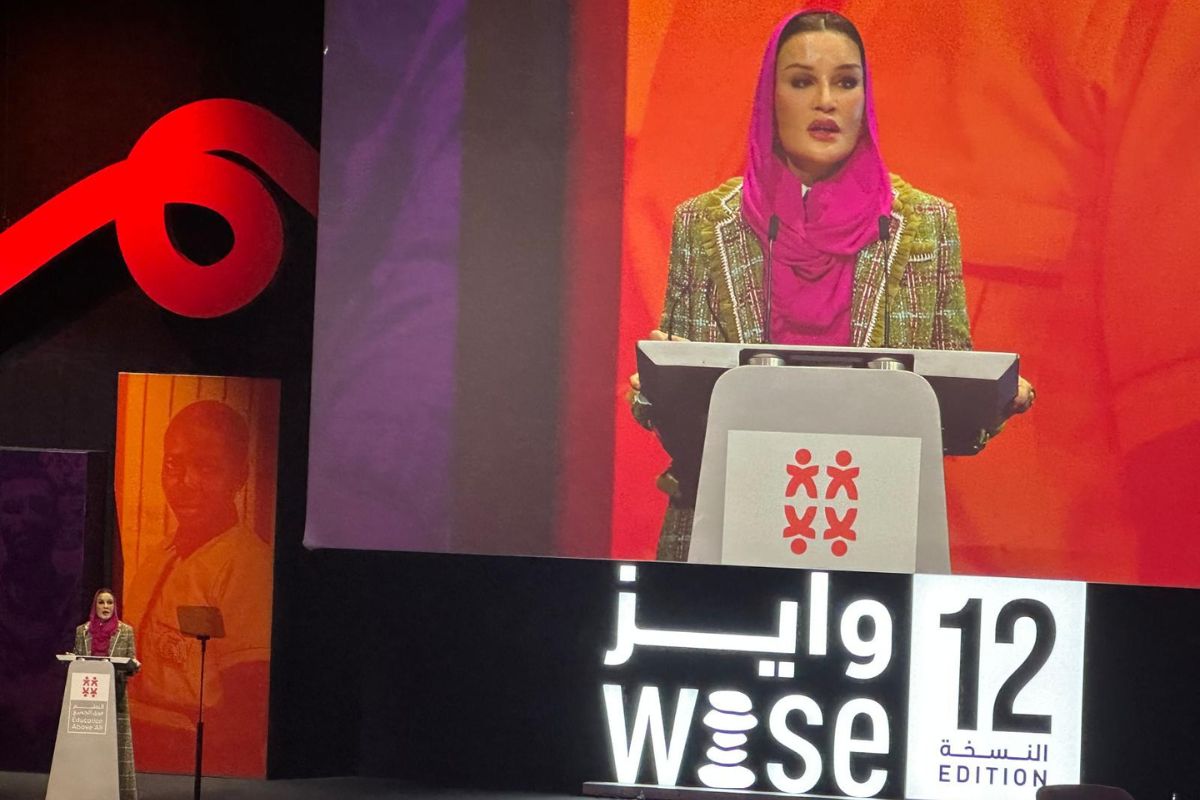Operational improvements – Kaizen and Continuous Improvement in FE

Following on from last weeks ‘Agile Leadership’, I want to open and explore avenues of improvement approaches.
Given where we are currently are with COVID-19 and with the possible flexibilities in some peoples calendars, now might be a good time to review some of the operational processes/procedures that you have been putting off, and this can in the main be done remotely and through the utilisation of platforms such as Teams, Zoom etc.
I will introduce a model (Kaizen) that you can use to start to review the processes within operations and then look to focus a concentred effort for improvement, the golden thread running through some of our recent articles is about looking at what the future will bring, and the opportunities that will be available to training providers. These opportunities will come in many guises, from:
- Possible mergers / acquisitions of organisations failing,
- Providers not supporting employers in this time, and said employers moving providers,
- The collapse of providers either through financial reasons or through non-improvement,
- Collaboration post COVID-19,
- Utilisation of shared services,
- Ethical relationships,
- Developing a honed quality product, and
- Developing a stronger offer due to COVID-19.
There are a few areas that I am extremely critical on within our sector and the wider landscape, these are:
- The vision of short-term thinking, especially at the expense of long-term improvement and consistent growth,
- The focus on individual business functions, instead on the continual focus of the end user (customer), and
- Most currently some of the sectors approach on their own focus and not of the whole sector or the learners that sit behind their organisations, this then translating into the possibility of the government / DfE / ESFA having a set of support measures that may come with dire consequences if these support methods are used.
As mentioned, now is a perfect time to take some ‘breathing’ space and look at some processes to enact continuous improvement through a process that will drive change for the better, not the short-term but, for the long-term. This tool can be used for areas across the full learner / employer journey, one that I have been thinking of recently is ‘initial assessment (IA)’ or the selection of Awarding Organisations that you use:
- Given the role IA is having in Standards and the funding rules – potential applicants or applicants in the process of being signed-up might be doing or have done a significant amount of new on-line learning. How will your current process of IA stack-up? Will you need to review you IA process?
- I have been instrumental in the field of Awarding Organisation partnerships and value-chain improvement, and the formulation of strategic alliance agreements with awarding organisations.
- Is it time to evaluate your awarding organisations using Kaizen? Have they supported you (you as their customer) through the COVID-19 pandemic?
- The Kaizen methodology can be used to look at reducing the overall expenditure on Fees with your AO’s and to look at improving the operational efficiency and engagement with AO’s and EPAO’s. (This is something we can help you with and we have the expertise that has produced significant saving for organisations in this).
I am going to briefly explore how some of these models can be used to drive improvement and focus the long-term vision.
Let’s start with ‘KAIZEN’ – Continuous Improvement:
Kaizen is an approach to creating continuous improvement based on the idea that small, ongoing positive changes can reap major improvements. It is derived from the Japanese meaning of ‘change for better’ and essentially relates to the two words:
- KAI – Change
- ZEN – Good (for the better)
You can run a Kaizen event (KAIZEN BLITZ) on a process to bleed out the issues and to focus on the improvements, now and over time. Many organisations continually run these events to deliver a continuous improvements event schedule, where incremental improvements are developed over time. It is a focused, short-term project to improve a process that includes training followed by analysis, design that then leads to the rearrangement of a process. An event commonly lasts between 2-10 days.
Possible applications of an intense Kaizen event within the apprenticeship sector can be:
- Bottle necks,
- Defects,
- Too many process steps,
- Stakeholder – Learner/Employer dissatisfaction,
- Audit errors (PDSAT),
- Value Chain Analysis improvement
- Creation of value.
I held a Kaizen Blitz at a large college to review, streamline and redesign the enrolment process for apprenticeships, we removed 10 steps of waste and reduced the timeline of enrolment to into the ILR to 1 day, where it used to be a 5 day process. These events are designed to shift paradigms and quickly demonstrate results, results for the immediate and for the long-term. Create a vision of the long-term, we have already focused on ‘horizon scanning’ and the need for the long-term in previous articles.
Some tools that can be used to focus an event and develop the methodology into a learning organisation that creates improvement and value for the long-term are below:
- Plan, Do, Check, Act (PDCA),
- Process map, CEDAC,
- Root cause analysis – 5 whys (i.e.):
- Why did the learner not achieve on time? Not registered with AO on qualification.
- Why did the learner not get registered? Not picked up by assessor (short course)?
- Why did the assessor not know? Learner was not enrolled onto the course.
- Why was the learner not enrolled? Enrolment form not processed.
- Why was the form not processed? Wrong form, awaiting new form – root cause!
It is important when conducting a Kaizen event to always ensure the reasoning behind the event is also at the forefront of the event, and the following must be used to drive the improvement cycle and forward vision for the long-term:
- Discard Conventional ideas,
- Think in Positive Manner,
- Do not make excuses but question Current Practice and always question current practice,
- Correct mistakes at once,
- Problem Solving & Find Root Causes.
Adding Value or Cost – it is imperative that an event focuses the process and operating efficiency of the ‘whole’ organisation, and the particular process being ‘blitzed’. Every activity carried out in an organisation either adds value or cost, the aim is to maximise effort in those areas that add value.
There are two types of value adding activity:
- “Real” value adding (VA) activities are those which contribute to ‘customer’ requirements and satisfaction or impact.
- “Business” value adding (VA) activities are those which contribute to business requirements, but which could be eliminated without affecting ‘customer’ satisfaction or impact.
- Everything else adds novalue (NVA)
A couple questions for you on this:
- Do you know the customers in your organisation?
- Do you measure satisfaction or impact?
- If you measure satisfaction, why?
- Why have you chosen satisfaction over impact measurement?
Setting some ground rules for the event is important, and ensuring the ground rules challenge and set the requirements for success, as an example these can be:
- Challenge each activity rigorously
- Look at activities from the customer’s and or outcome perspective first
- Challenge Business Value-adding activities by asking
- “Would the business break ESFA Rules or collapse if we stopped this activity?”
- Are the ESFA Rules correct?
- If not, what can be done about this?
- Always challenge.
- Develop a focused approach to an openness index and challenge methodology for improvement as a whole.
- Focus on the ‘whole’ organisation, not just individual recognition or praise.
- Always look into the future and have a long-term vision.
What could an activity look like in the employer/learner journey?
- Process step – route map & documentation
- Identify VA and NVA – Muda (Value added/Non Value Added) from documentation in process and process itself
- Challenge together VA and NVA
- Re-map
- Discuss new process step & documentation
- Agree format
- Add quality bar, version numbers and key document list
- Close activity.
- Re-Kaizen after implementation.
We do hope you find this useful and start your journey of improvement in a critical time for the Learning & Skills sector, we are very positive that the long-term future will create huge opportunities for the sector and training providers that can use this time to build (build ethical relationships, build on creativity, build on improvement, build on the long-term vision and build on the journey for the future of learning and skills).
Next Friday thought leadership will be focused around governance and how there is no ‘one size fits all’ governance model, it will focus on how governance structures and practices should be individually tailored to the organisation.
Patrick Tucker
If you would like further information on this article or would like to discuss how to improvement and focus for the future, then please get in contact. Promote-Ed has been created from a desire to make a difference to the education sector through promotion, the sharing of issues and campaigning for a positive change. We will do this through building a collaborative network of practitioners, who can debate openly. We have a vehicle and voice to promote both their businesses and organisations whilst ensuring that the positive work of the sector as a whole is recognised.











Responses